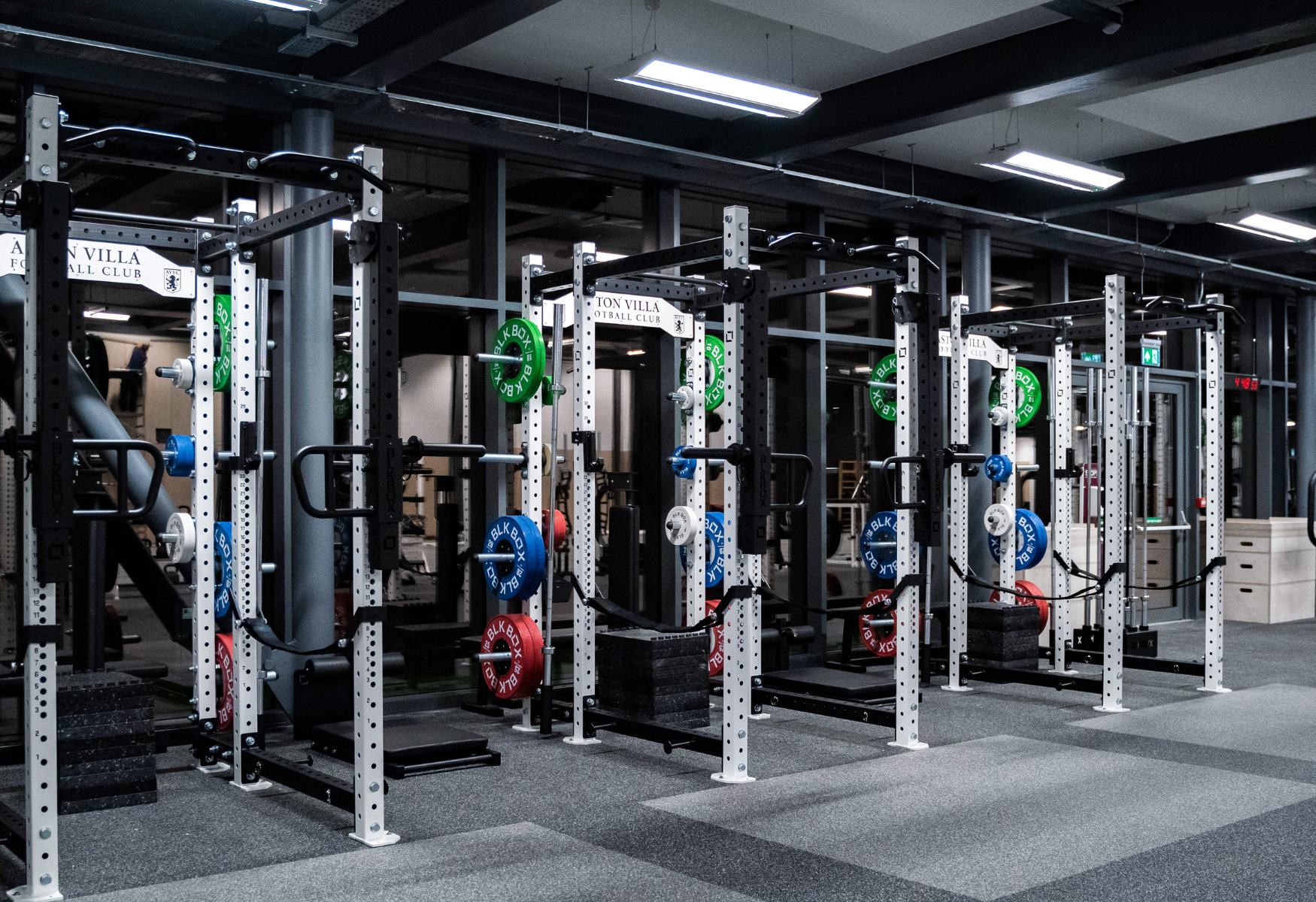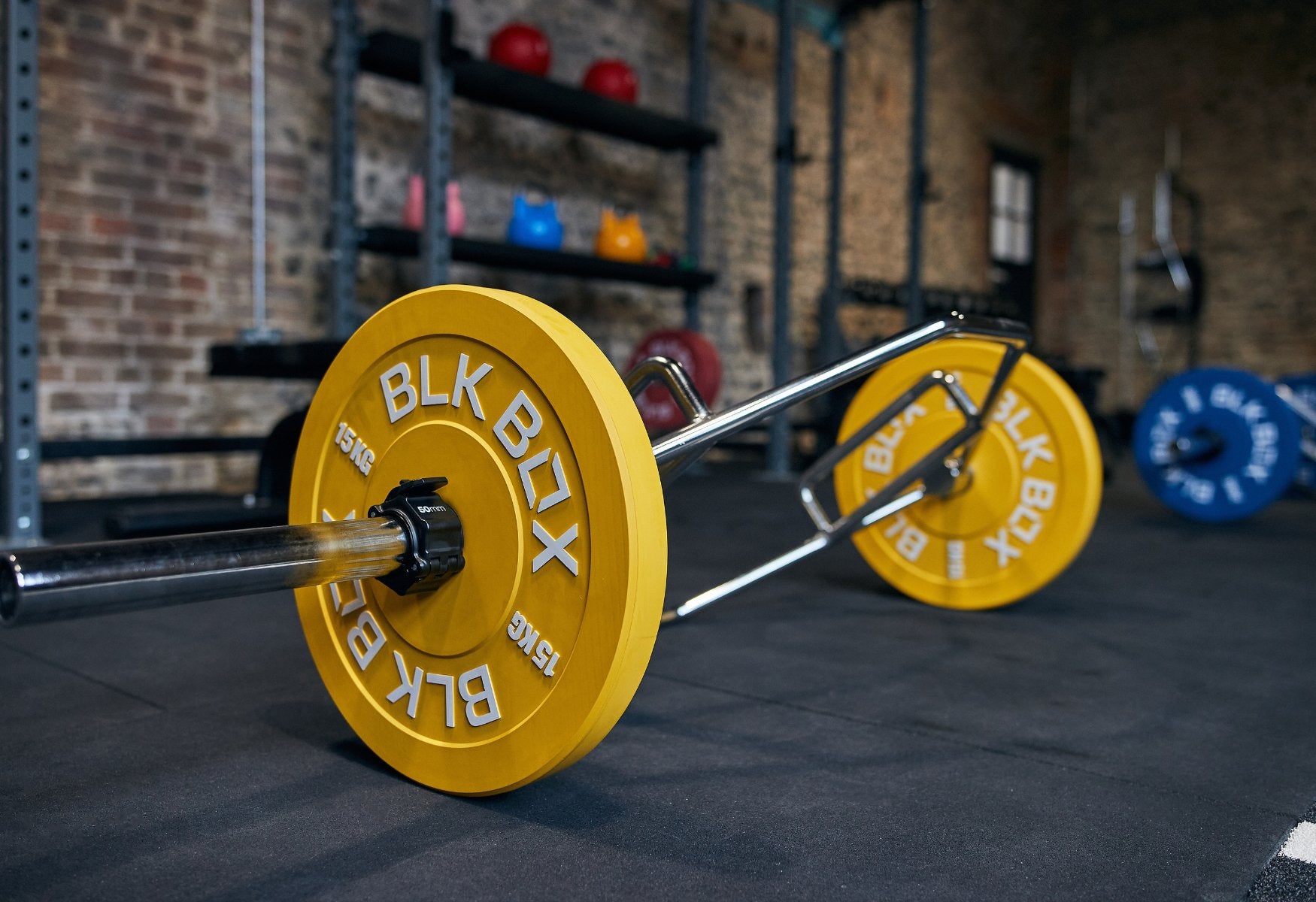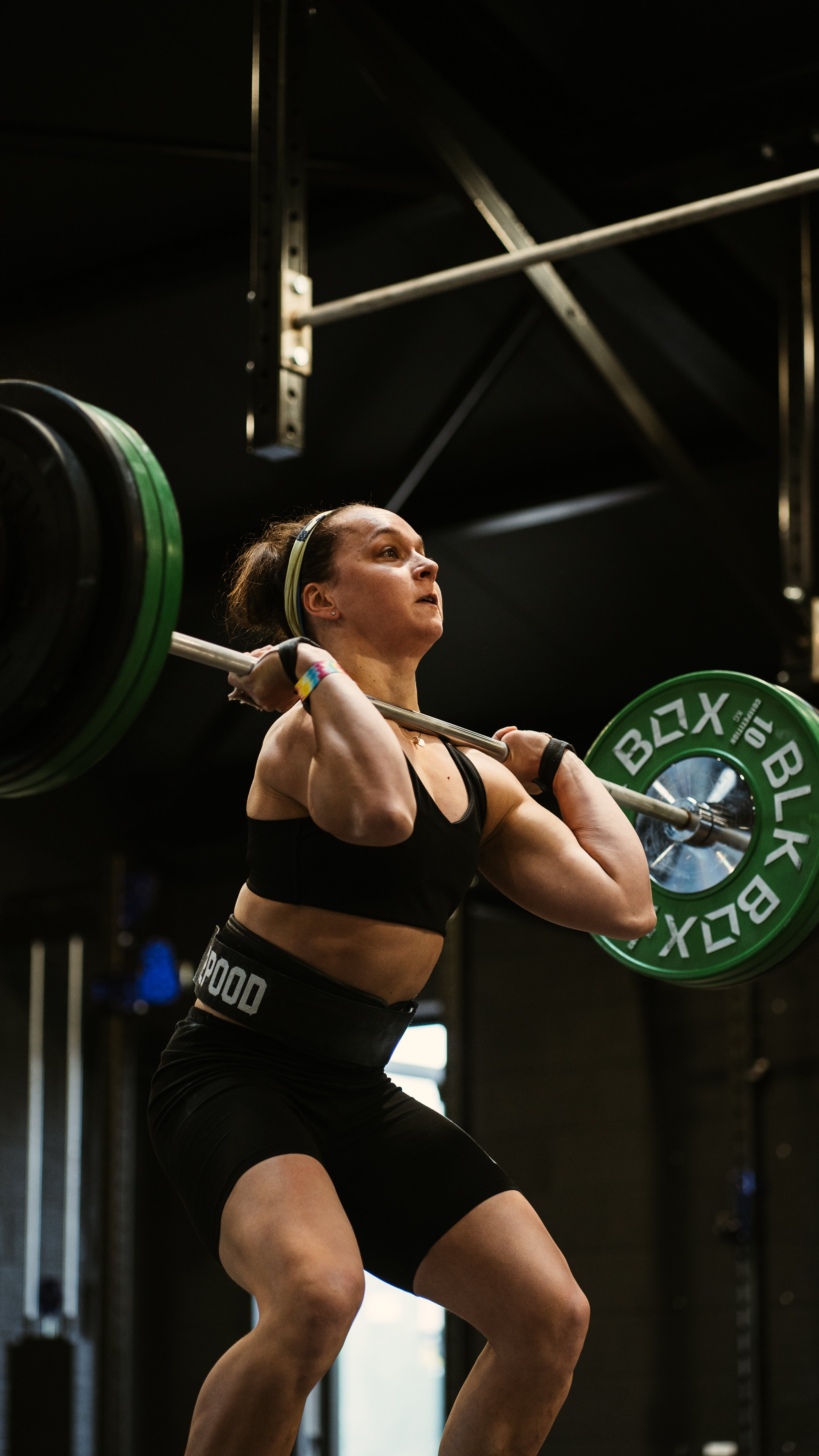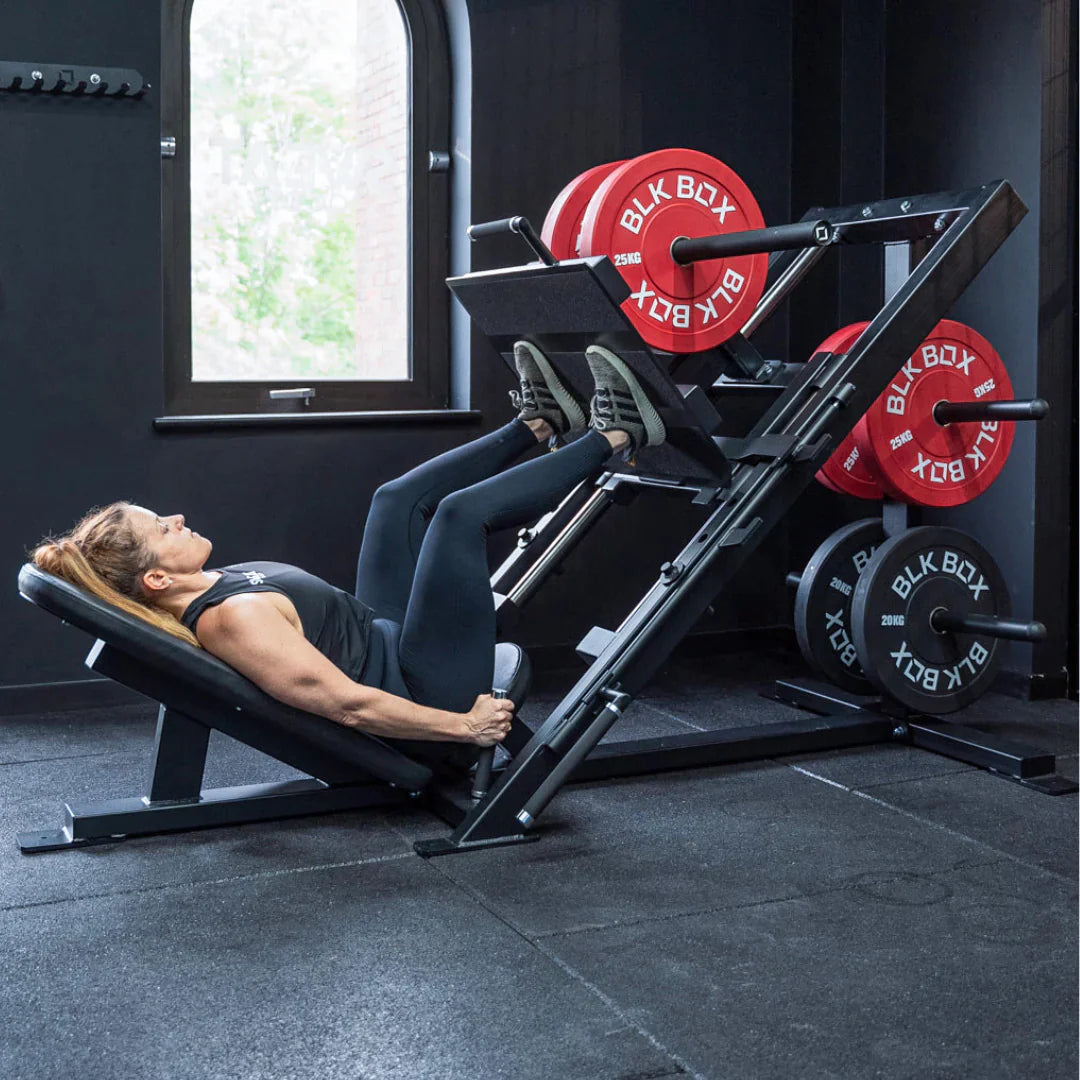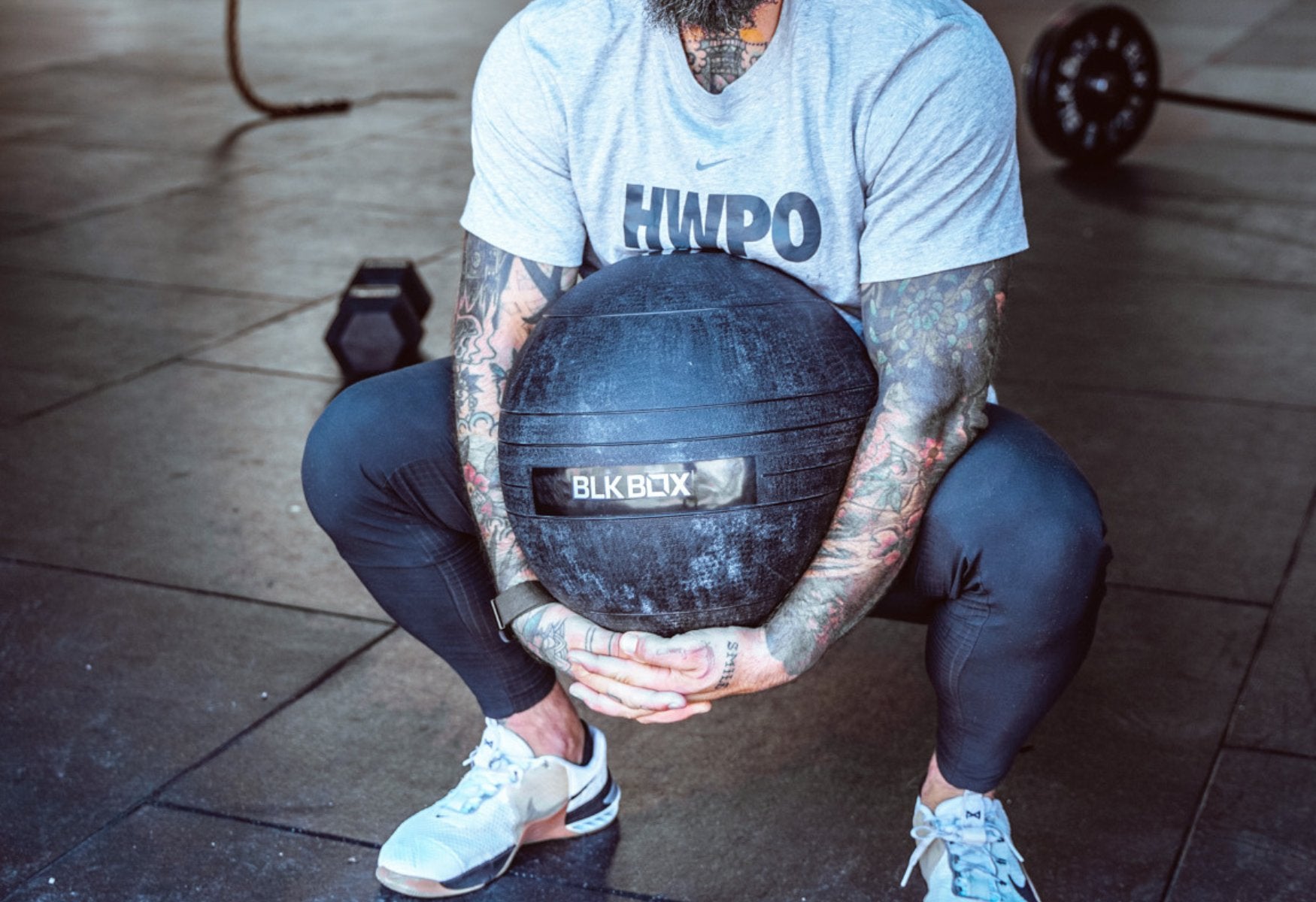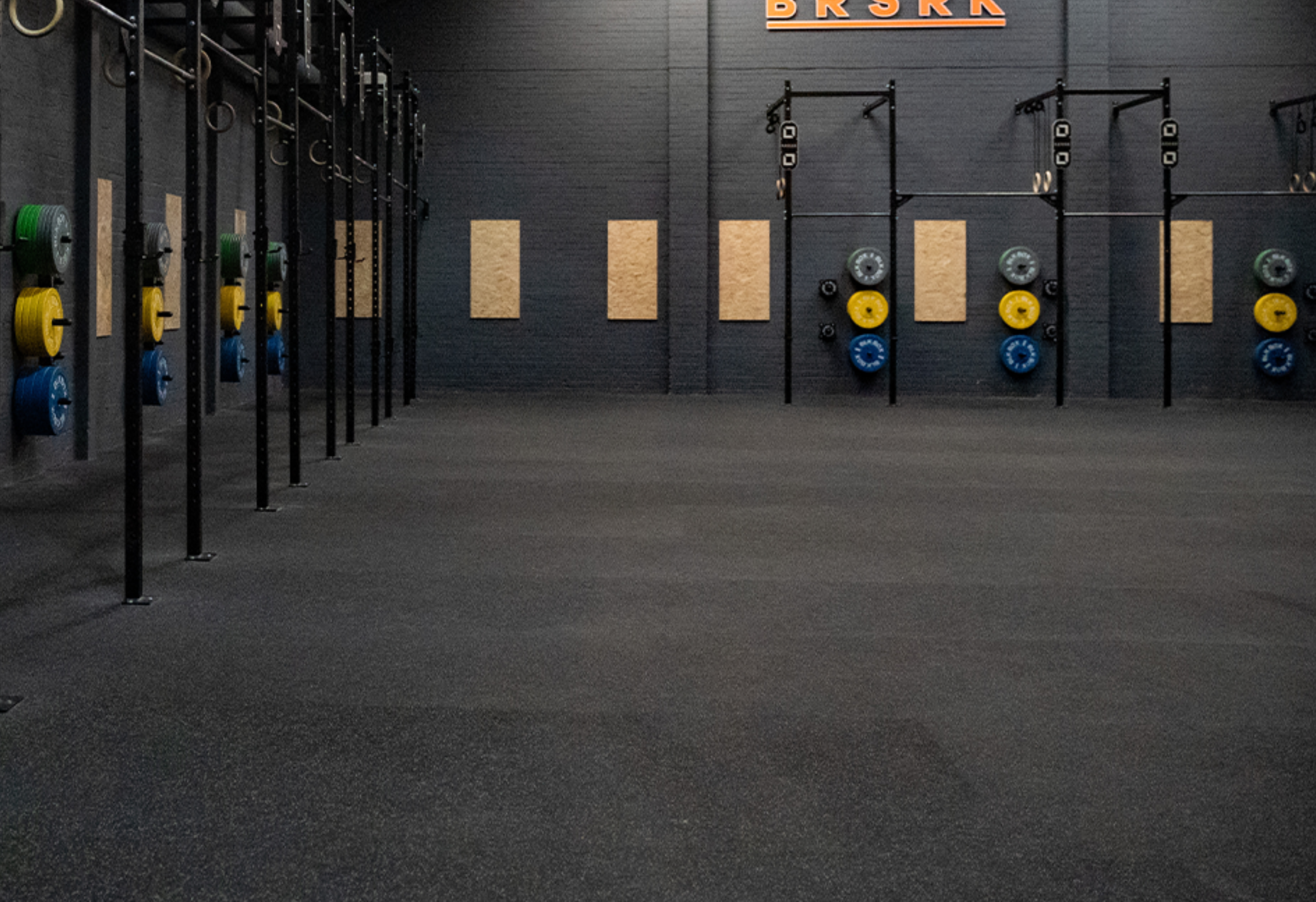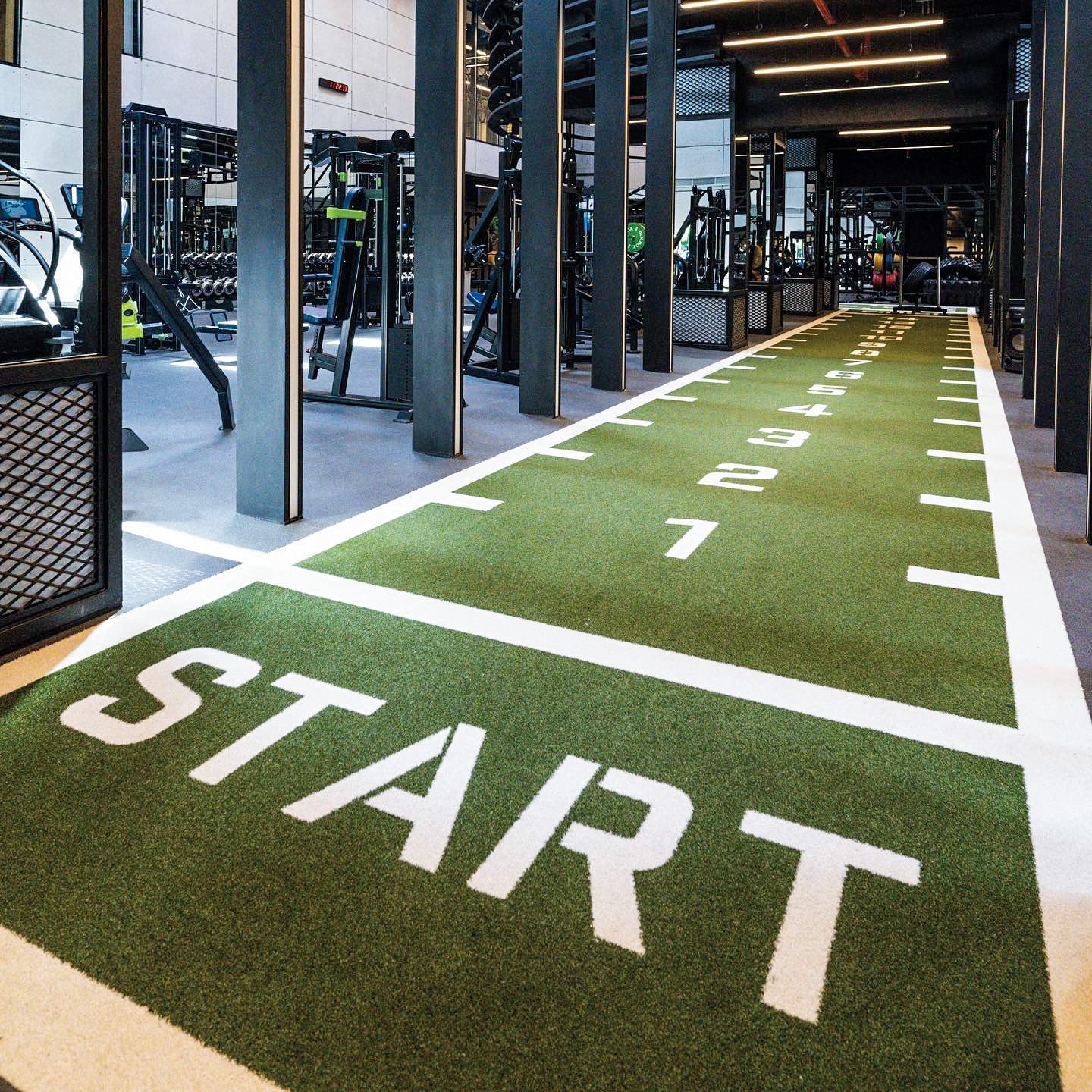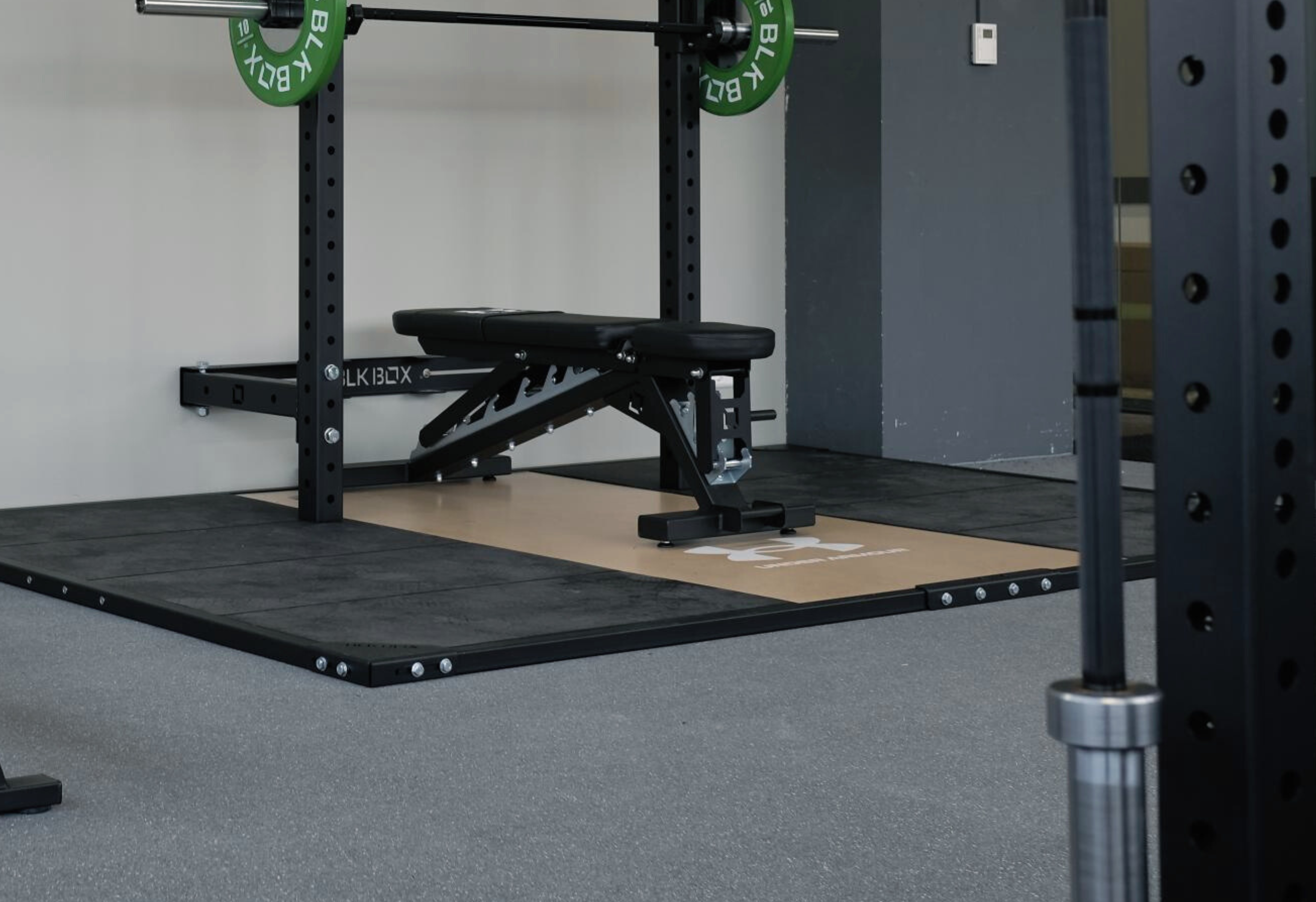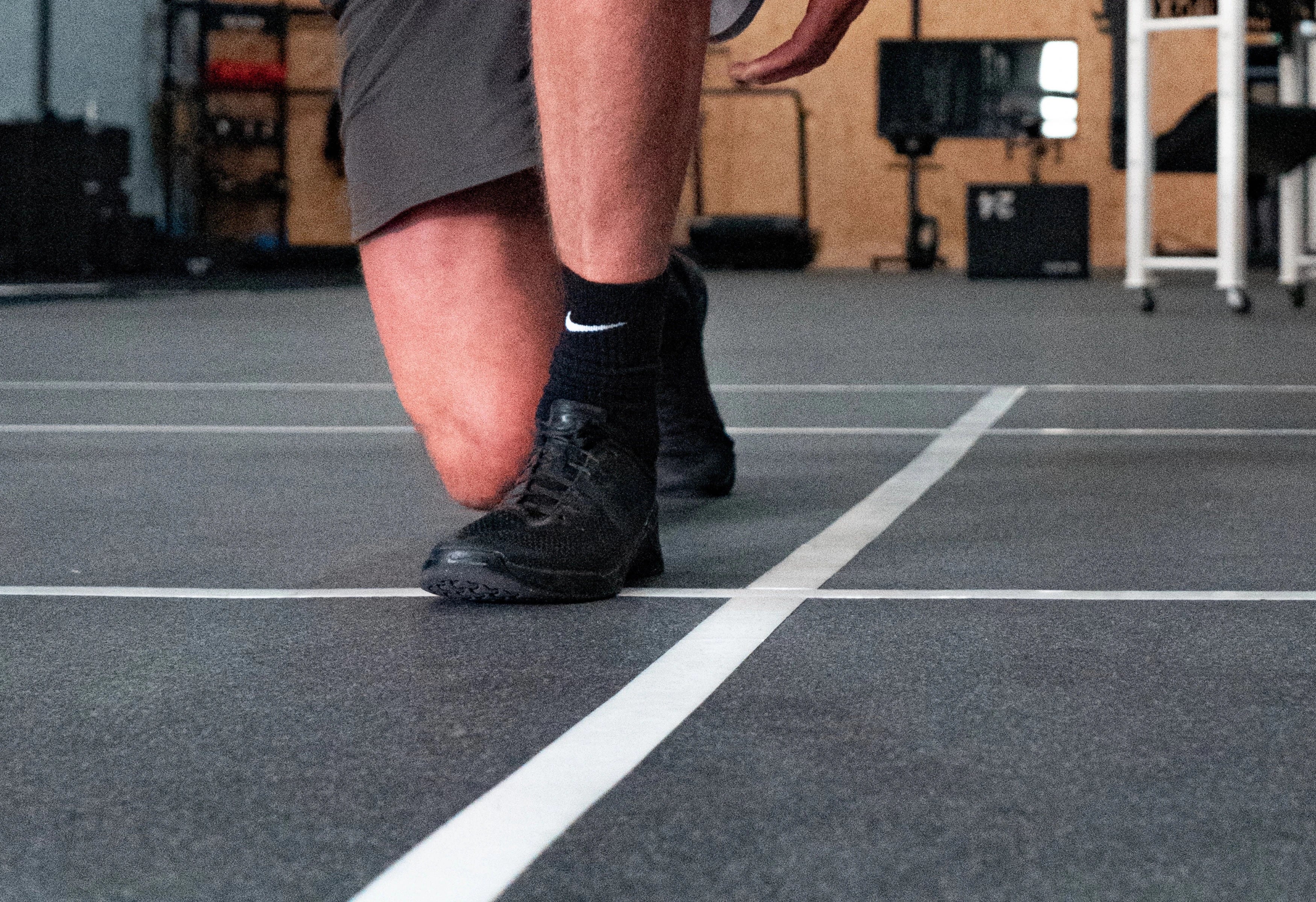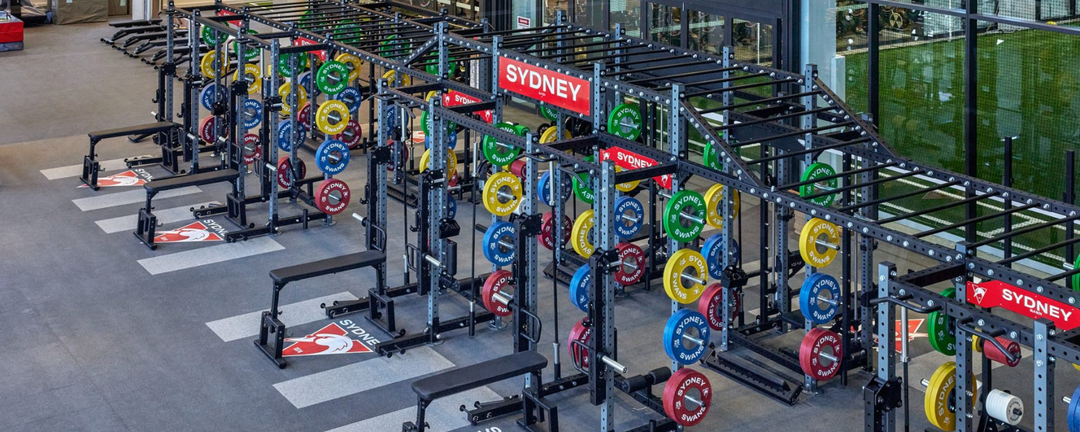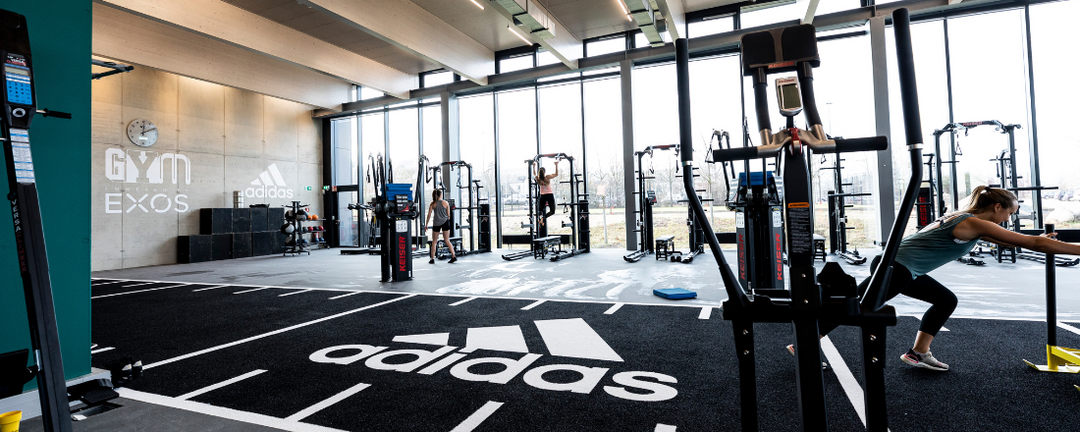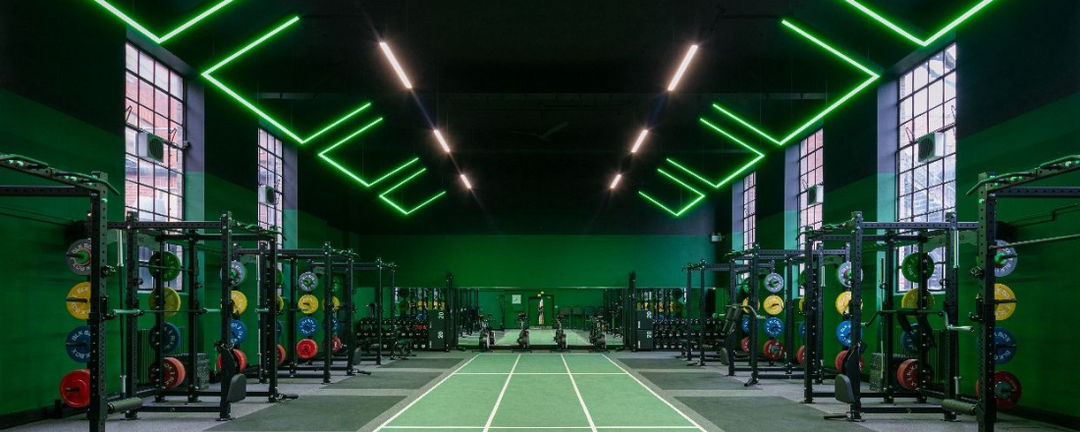How to choose the best rower
In a way, rowers are like cars and houses, you’ll get what you pay for. The upper end of the range will come with benefits that you’d be hard-pressed to find at the bottom, but just like a car or house, you’ve got to find the one that suits you.
Knowing what to expect at each end of the range will help guide your decision. Make the wrong choice and you will have spent time and money on a fancy new clothes hanger, make the right one and you will enjoy the benefits of one of the best training types available.
What are the main differences between cheap and expensive rowing machines?
Resistance and Realism
1. Water
The main point of differentiation between the top and bottom of rowers is resistance type. At the top are the water rowers, as the name suggests, their resistance is generated by water. With an in-built water tank, they are equal parts, aesthetically pleasing, like real-life rowing and expensive.
2. Air
Next are the air rowers, by far the most popular option, they are enjoyed by professional athletes and rowing rookies alike. Their resistance is generated by moving a flywheel against the air, the harder you pull the greater the resistance. They provide an extremely variable resistance as well as an extremely lifelike rowing experience. There is a reason that these are the world's most popular option. Common options include the well-known Concept 2 and the BLK BOX Rower.
3. Magnetic and hydraulic
At the bottom of the list are the hydraulic and magnetic rowers, these are ok if you have a tight budget, but they will not mimic a real–life rowing experience and their ability to make gains in both strength and cardio fitness are limited.
Tracking monitors
Data has found its way into everything we do. Athletes today can gain insight into their workouts that the trainers of 20 years ago could only dream of. Rowers are no different, choosing a rower with an advanced tracking monitor will guarantee you the best insight into your workouts and make trackable progression easy.
Build quality and storage
Jumping on an actual rowing boat that is not designed to take your weight is likely to have some immediate and short-term issues associated with it. While you will not be expected to swim if you make an ill-informed decision where your rowing machine’s build quality is concerned, you may be out some money... Not likely to be an issue with air or water rowers, as most of these are well made and able to cope with athletes up to and above 130kg. However, it may be an issue with the cheaper magnetic and hydraulic options at the bottom of the range. Some of these options max out around 80/90kg. Related to build quality and overall longevity is the ability to easily store your rower. Some air rowers are foldable, and most have wheels so that you can store them upright and out of the way when not in use. Water rowers are unlikely to fold and while they can be stored upright, moving them can be a pain given the increased weight.
How will each of these differences impact a machine's functionality and the user's experience?
Rowing lies in an exciting intersection between strength-based and cardio-based training; whatever rower you opt for should ensure that you reap the benefits of both. Referring again to the idea of ‘Resistance and Realism’, a rower should mimic, as closely as possible, the sensation of real rowing. Water and air rowers achieve this, obviously water is closest, but the increased variable resistances and the maintenance of a smooth stroke put air rowers on an equal footing. Hydraulic rowers can be suspect here, a limited range of movement limits their ability to work on cardio fitness. Magnetic are ok, their resistance doesn’t increase as you speed up and so they don’t mimic a real rowing workout. The smoother strokes of air and water rowers are also good for spreading the load across the entire body, reducing stress on individual muscles and d ensuring an all-body workout.
Tracking is key for progression and progression is needed for improvement. Therefore, the ability to accurately track your workouts should be up near the top of your list of rower requirements. Air rowers provide the most precise data, they can accurately measure the exact level of drag being generated by the flywheel. Water rowers don’t have the same emphasis on tracking metrics, magnetic and hydraulic are also limited in this regard.
The build quality and storage are extremely important in guaranteeing you a suitable return on investment. Poorly made rowers are likely to pack it in after a period of sustained heavy usage. Most air and water rowers come with a 2+ year warranty, so you can push them to their limits with peace of mind.

Concept2 Rower
What should a good rowing machine do/have (in terms of features and performance, eg a smooth-moving belt or health metrics on a monitor)?
Given all the points considered previously, you should have a clear idea of what to expect from a good rowing machine. To recap, a good rower should: Provide a smooth stroke that mimics the sensation of actual rowing and spreads the associated load across the body. Gives you the possibility of varying resistance across a sufficient range. Give you a sufficiently data-driven insight into your workout via an advanced monitor. And finally, it should be well made, able to offer an acceptable return on investment and fit your body type.
Linked to the last question, what should buyers look for when purchasing a rowing machine?
Price
Resistance options
Tracking monitor
How will the context of the buyer impact which is the right rower for them (eg experience, goals such as improving fitness or training for on-water rowing)?
What you want out of a rower is just as important as what a rower can offer you. Be smart about what your priorities are and what features matter to you. For example, are you training for an on-water race or are you looking to improve your overall fitness with rowing as part of your workouts? Are you willing to spend a bit more or is the price at the top of your priorities list? Consider your options and the key features/benefits listed previously. Consider practical elements such as your available space, your height and your weight. Even some trivial things like where you are planning to row... if you are planning to watch TV, some air rowers can be a bit nosey. A clear idea of what demands you need to be met will ease your choice and reduce any potential buyer regret.

BLK BOX Rower
How much should people expect to spend on a good quality rowing machine?
Going back to our original comparison of cars and houses, with rowers, you’ll get what you pay for. You can group them into an easy range.
Less than £150
Dominated by the hydraulic and some magnetic rowers, this range is filled with entry-level options. Build quality hinders this range and be careful to check reviews for horror stories. You aren’t likely to get a smooth stroke or any tracking data. If you are looking for a basic, mostly strength-based workout and are prepared to maybe do a repair or two, you may find a usable option here.
£250- £700
In this range, you’ll find mostly magnetic and some lower-mid level air rowers. Shop around and you can find some good options. Bear in mind the key features that we have discussed above, and you should be able to find a well-made rower that provides you with accurate data and precise data. A tricky range as there are big differences in build quality and rower longevity but do your research and you should be fine.
£700+
This is your sweet spot, usually, the increased price guarantees you good build quality, a smooth stroke and accurate tracking data. You’ll have seen many of these options in the hands of professional athletes and gym novices alike. The world’s most popular options exist in this range, no need to go too high, the lower-level models are usually perfect. Considering all the above points, the BLK BOX Rower provides athletes with a competitively priced air resistance rower. Cheaper than the popular Concept 2, it provides virtually all the benefits but at a more reasonable price. Well manufactured to ensure a smooth and variable stroke resistance, it comes with a comprehensive tracking monitor to ensure accurate progression.
For a deeper dive into the differences between the BLK BOX Rower and the Concept2, check out our blog - here
Smash your next rowing workout with our guide on how to perfect your technique.




